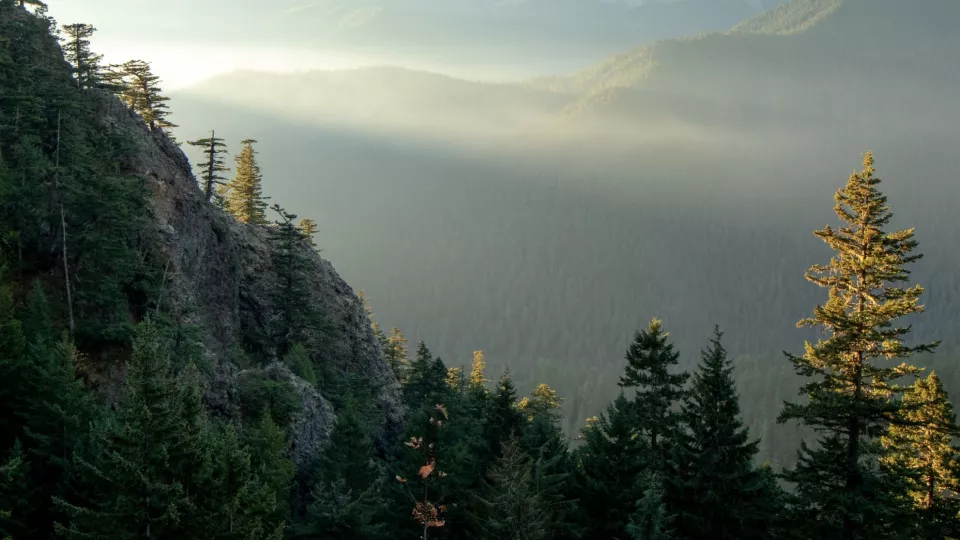Hans Chen, climate researcher from the Department of Physical Geography and Ecosystem Science at Lund University, and one of the scientists in the study:
- We were very surprised because we had expected to see reduced net release of carbon dioxide in regions with cooling. Instead, we saw similar tendencies to increased release regardless of whether the temperature trends were positive or negative, says Hans Chen.
The results can be an important puzzle piece in the ongoing research to better understand the response of ecosystems to climate change. The fact that ecosystems are now showing increasing autumn carbon dioxide release despite colder temperatures is a finding that goes against previous assumptions.
- A large part of the climate debate today focuses on human carbon dioxide emissions. But in order to get a comprehensive picture of future climate change, it is important to also take into account how the ecosystems' ability to absorb carbon dioxide will change, says Hans Chen.
The research is published in the scientific journal Nature Climate Change: "Increasing terrestrial ecosystem carbon release in response to autumn cooling and warming".


